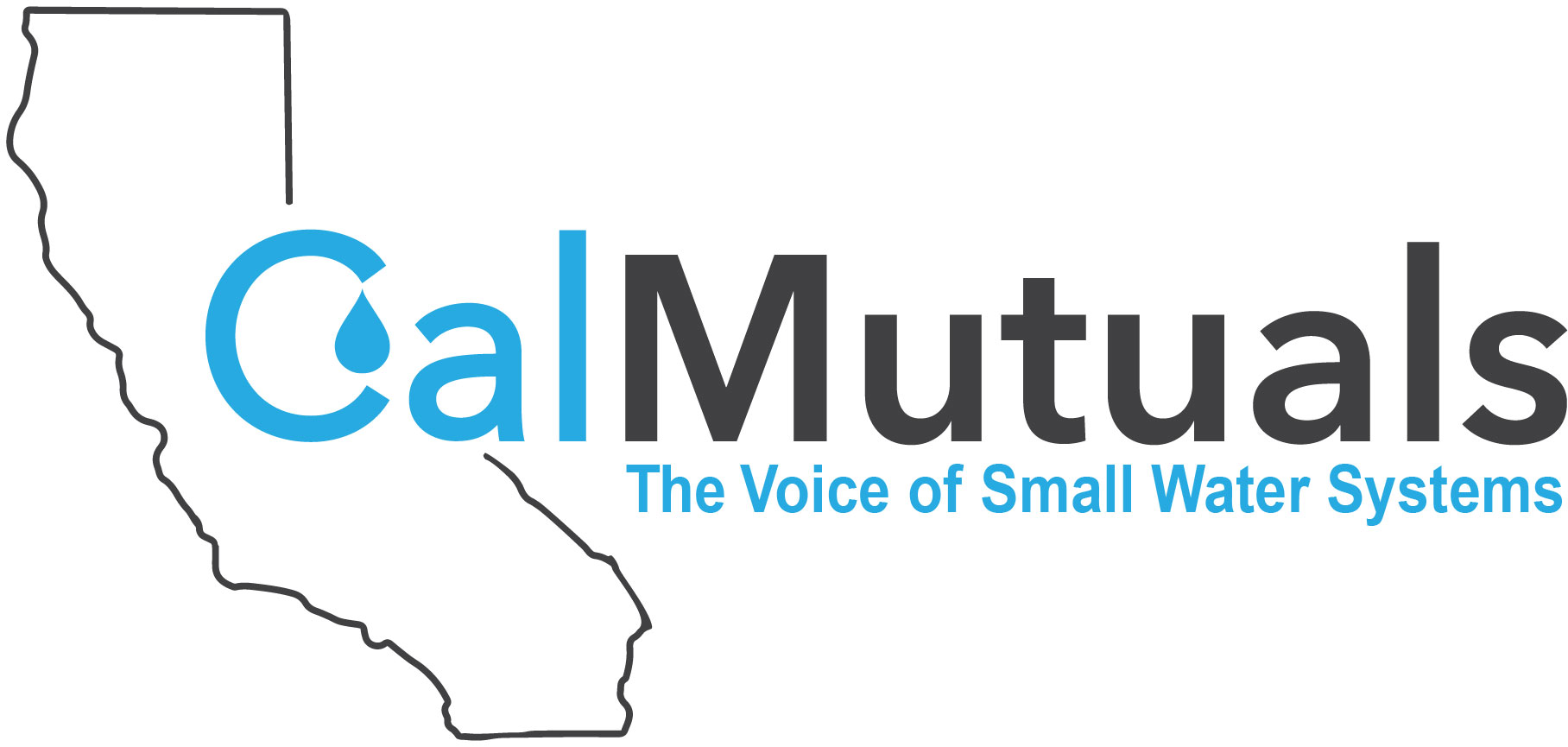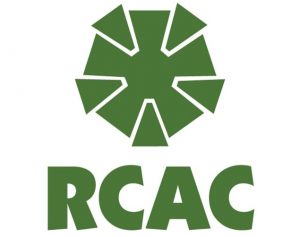Webinar | Intro To Instrumentation, Controls & SCADA Technology
Webinar OnlyDescription: This webinar will look at how instrumentation and control systems are used by a water utility. It will look at controlling motors, VFDs and energy management. The webinar will have math problems related to the topic of instrumentation and control. It will identify four main building blocks of a SCADA system and have examples, usage and configuration option. Finally, it will show real world examples of SCADA screens and discuss how water operators interact with SCADA technology. Earn up to 8 contact hours. Instructor: Henry Palechek Member $150 / Non-member $175 Online registration for this webinar closes on February 7.


